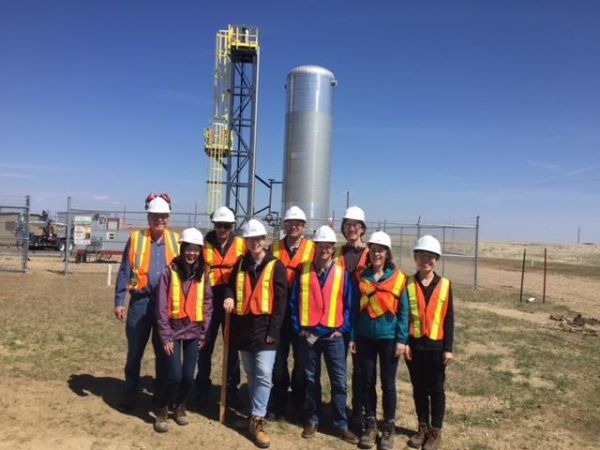Governments and companies around the world are pledging to reduce methane emissions, especially greenhouse gas emissions emitted by the upstream petroleum industry. Leading emissions-modelling technology, being developed by University of Calgary researchers, may go a long way to accurately measuring these emissions to help jurisdictions and upstream petroleum companies meet their reduction targets.
The energy industry emits significant amounts of greenhouse gases, including methane, through flaring, venting and fugitive equipment emissions. Researchers at the Containment and Monitoring Institute (CaMI) Newell County Field Research Station (FRS) near Brooks, Alta., work with industry on carbon capture and storage technologies, as well as developing and testing sensors and methods to measure emissions coming from upstream petroleum operations. CaMI is a partnership between the UCalgary and CMC Research Institutes (CMCRI), a not-for-profit corporation. CaMI is funded, among others, by the Canada First Excellence Research Fund (CFREF) initiative, Global Research Initiative in Sustainable Low Carbon Unconventional Resources. The 200-hectare Newell County Field Research Station provides the step between modelling in the lab and full-scale field pilots.
“In the past it’s just been, ‘Yes this area is leaking, it looks like a big leak but we don’t know how much,’” says Don Lawton, director of CaMI and professor of geophysics in the Faculty of Science. “Qualitative measurements have been around for a while, but you can’t use forward-looking infrared cameras to accurately quantify emission rates. Now we’re looking to establish methods for quantitatively identifying emission sources and their rates in terms of cubic metres a day to achieve the new policy goals of reducing methane emissions.”
Continue reading at University of Calgary.
Image via Global Research Initiative.


